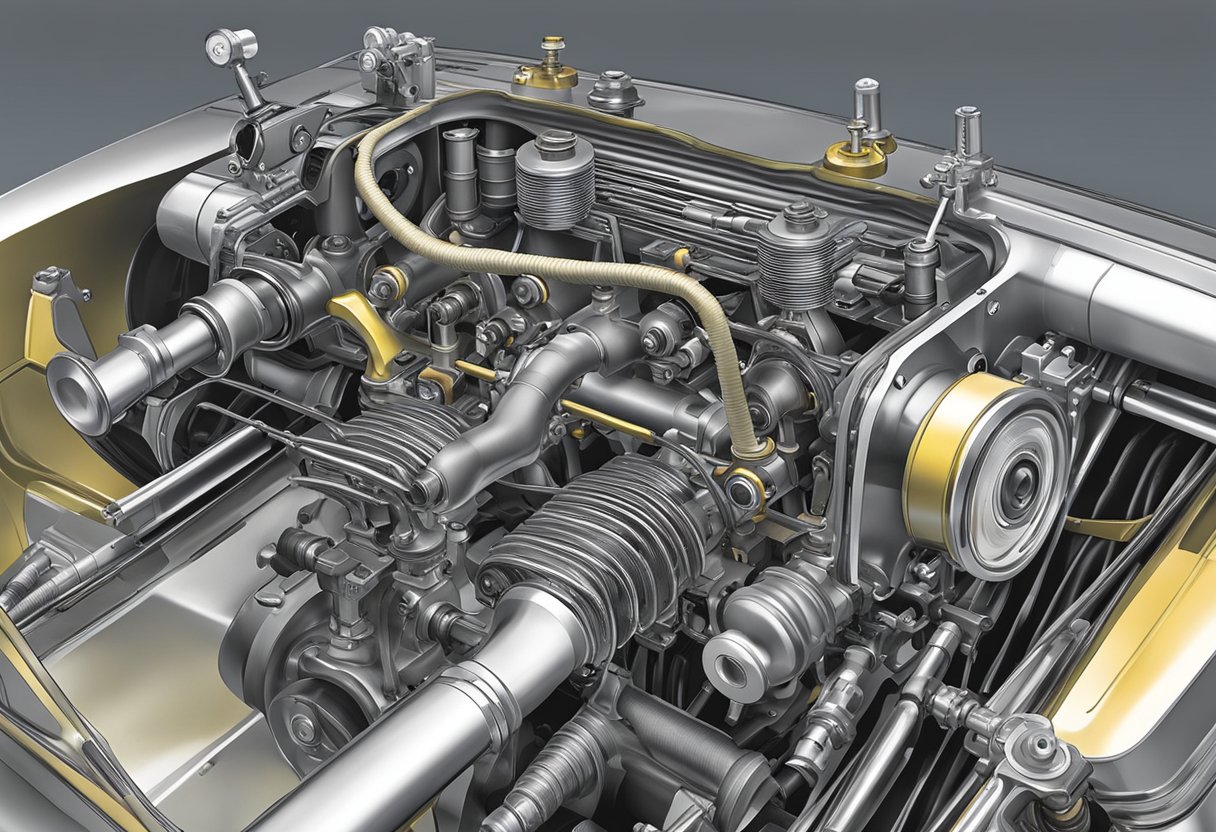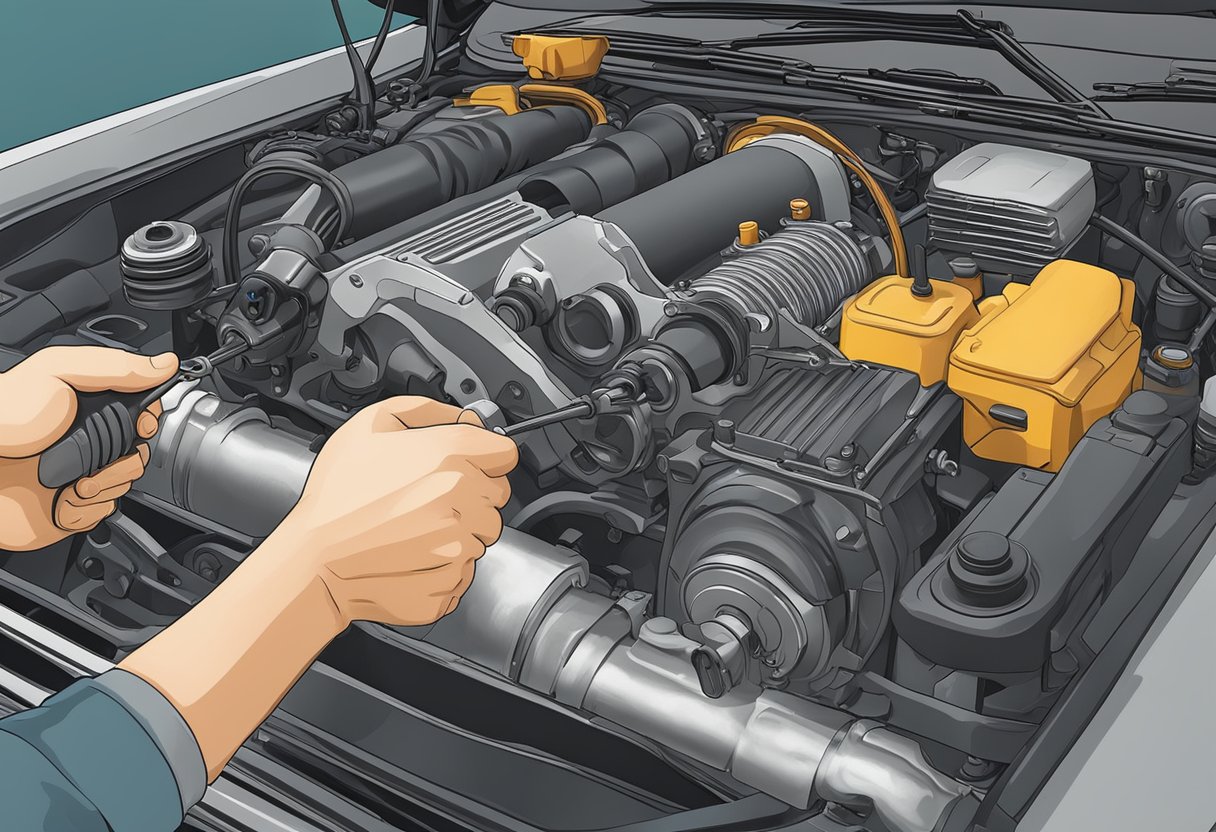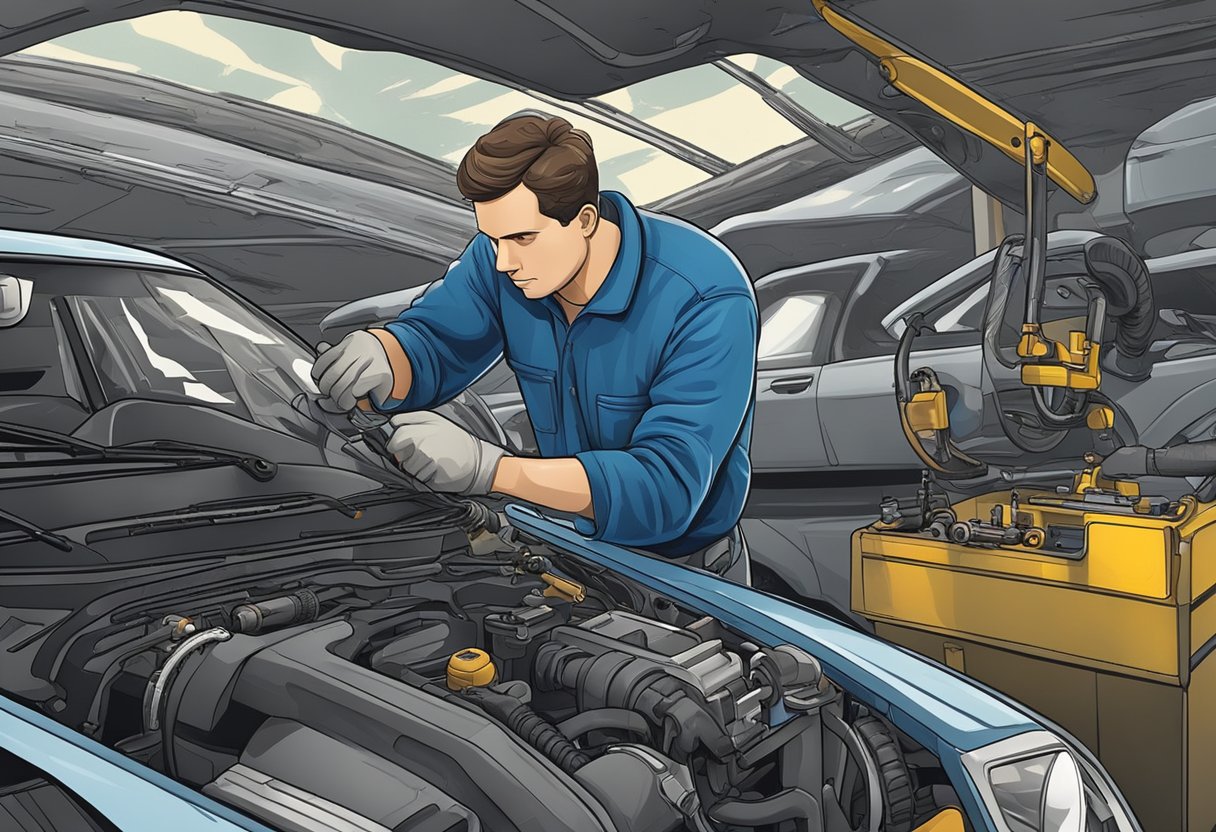If you are a vehicle owner, it is essential to know the signs of a failing steering rack. The steering rack is a crucial component of the steering system that helps you control the direction of your vehicle. When the steering rack starts to malfunction, it can lead to serious safety issues, and you should address the problem as soon as possible.
One of the most common signs of a failing steering rack is difficulty turning the steering wheel. If you find it hard to turn the wheel, it may indicate that the steering rack is loose, misaligned, or damaged. Another sign of a failing steering rack is a knocking noise when turning the steering wheel. This noise may indicate that the steering rack is worn or damaged and needs to be repaired or replaced. Also, if you experience a vibration in the steering wheel while driving, it may indicate that the steering rack is loose, misaligned, or damaged.
Understanding the signs of a failing steering rack is crucial for your safety on the road. If you notice any of these signs, it is essential to have your vehicle inspected by a professional mechanic. They can diagnose the problem and recommend the necessary repairs to keep you and your passengers safe.
Identifying Common Steering Rack Issues
As a driver, it is important to be aware of the signs of steering rack issues. Ignoring these signs can result in costly repairs or even accidents. Here are some common issues to look out for:
Unusual Noises and Vibrations
If you hear clunking or grinding noises when turning the steering wheel, it could be a sign of steering rack issues. The noise may be accompanied by vibrations in the steering wheel. These noises may suggest issues with the gears, bushings, or other internal components of the rack and pinion assembly.
Fluid Leaks and Maintenance Signs
Leaking power steering fluid is a common sign of steering rack problems. If you notice a puddle of fluid under your vehicle, it may indicate a leak in the power steering system. This can cause the power steering to fail and the steering wheel to become difficult to turn. Regular maintenance can help prevent leaks and other issues.
Physical Inspection of Steering Components
Inspecting the steering components can also help identify steering rack issues. Check for signs of wear and tear, such as uneven tire wear. This could indicate a problem with your steering rack. Also, check for any loose or damaged bushings, which can cause strange noises and vibrations when turning the steering wheel.
In summary, being aware of the signs of steering rack issues can help prevent costly repairs and keep you safe on the road. Keep an eye out for unusual noises, fluid leaks, and signs of wear and tear in the steering components.
Understanding Steering Rack Mechanics
If you want to understand the signs of trouble with your steering rack, it’s important to first understand how it works. The steering rack is a crucial component of your vehicle’s steering system and is responsible for converting the rotational motion of your steering wheel into linear motion that moves the wheels.
The Role of Rack and Pinion
The most common type of steering rack is the rack and pinion system, which consists of a rack gear and a pinion gear. The pinion gear is connected to the steering wheel, and when you turn the wheel, the pinion gear rotates and moves the rack gear. This motion then moves the tie rods, which are connected to the wheels and cause them to turn.
Hydraulic Systems in Power Steering
Many modern vehicles use power steering, which uses hydraulic pressure to make steering easier. In a hydraulic power steering system, a pump generates hydraulic pressure, which is sent to the steering rack via hoses. This pressure helps to assist with the movement of the rack gear, making it easier to turn the wheels.
Overall, the steering rack is a complex mechanism that requires all of its components to be in good working order for your vehicle to steer properly. By understanding the mechanics of the steering rack, you can better identify signs of trouble and take action before serious issues arise.
Steering Rack Wear and Preventative Maintenance
Your steering rack is a vital component of your vehicle’s steering system, and it is responsible for translating the rotational motion of your steering wheel into the lateral motion of your wheels. As with any mechanical component, your steering rack is subject to wear and tear over time, and it is important to keep it in good working order to ensure your safety on the road.
Routine Checks and Service Recommendations
Regular maintenance and service checks are crucial to keeping your steering rack in good condition. You should have your steering rack inspected by a qualified mechanic at least once a year, or more frequently if you notice any warning signs of a failing steering rack.
During routine checks, your mechanic will inspect your steering rack for signs of wear, including worn out bushings, excessive play, and lack of proper lubrication. They will also check for uneven tire wear, which can be a sign of a problem with your steering rack.
To keep your steering rack in good condition, it is important to follow the manufacturer’s recommended service schedule. This may include flushing and replacing your power steering fluid, inspecting and replacing your steering rack bushings, and checking for proper lubrication.
Addressing Early Signs of Trouble
If you notice any early warning signs of a failing steering rack, it is important to address them promptly to prevent further damage. Some common signs of a failing steering rack include steering wheel play, excessive play in the steering system, and uneven tire wear.
If you notice any of these warning signs, you should have your steering rack inspected by a qualified mechanic as soon as possible. Depending on the severity of the problem, your mechanic may recommend replacing your steering rack, replacing worn out bushings, or performing other preventative maintenance measures.
By following these routine checks and service recommendations, you can help prevent wear and tear on your steering rack, and ensure that your vehicle’s steering system is functioning properly and safely.
How Does Negative Camber Affect Steering Rack Performance in Cars?
Negative camber wheel alignment explained: Negative camber can affect steering rack performance in cars by improving cornering grip. However, it can also cause excessive tire wear and reduced straight-line stability. It’s essential to find the right balance to ensure optimal handling and tire longevity.
The Impact of Steering Rack Issues on Driving Safety
If you are experiencing difficulty turning, a numb spot, steering play, or loose steering, it may be a sign of a steering rack problem. Ignoring these problems can lead to serious safety concerns while driving. In this section, we will discuss the impact of steering rack issues on driving safety.
Handling and Stability Concerns
A faulty steering rack can negatively impact your vehicle’s handling and stability. Your car may pull to one side or the other, making it difficult to maintain control. Improper alignment can also cause your car to drift or veer off the road, increasing the risk of a collision. It is important to address any handling or stability concerns promptly to ensure safe driving.
The Risks of Ignoring Steering Rack Problems
Ignoring steering rack problems can lead to serious safety risks while driving. A dead spot or numb spot in your steering can cause you to lose control of your vehicle, especially in emergency situations. Steering play or loose steering can make it difficult to maintain control of your car, particularly at high speeds. These issues can increase the risk of accidents and collisions, putting you and other drivers on the road in danger.
It is important to have your steering rack inspected and repaired by a professional if you suspect any issues. Smooth driving, proper alignment, and control are crucial for safe driving. Don’t take any chances with your safety and the safety of others on the road.
Professional Steering Rack Inspection and Repair
If you suspect that your steering rack is failing, it is best to consult a mechanic for a professional inspection. A mechanic can diagnose the issue and recommend the best course of action to repair or replace the steering rack.
When to Consult a Mechanic
If you notice any signs of steering rack failure such as uneven tire wear, leaking fluid, or unusual noises during steering, it is best to consult a mechanic as soon as possible. Other signs of trouble may include an alignment issue or a damaged steering rack.
It is important to be proactive when it comes to steering rack issues as a failing rack and pinion can lead to dangerous driving conditions. A mechanic can perform a test drive to assess the severity of the issue and provide a detailed estimate for the necessary repairs.
The Repair or Replacement Process
If your steering rack is damaged, the mechanic may recommend a repair or replacement depending on the severity of the issue. In some cases, a simple service such as a fluid flush or a seal replacement may be all that is needed.
If the steering rack needs to be replaced, the mechanic will remove the old rack-and-pinion and install a new one. This process may also involve an alignment check to ensure that the wheels are properly aligned.
Overall, it is important to trust a professional when it comes to steering rack inspection and repair. A mechanic has the knowledge and experience to diagnose and repair any issues with your steering rack, ensuring that you can drive safely on the road.
As an Amazon Associate we earn from qualifying purchases.















